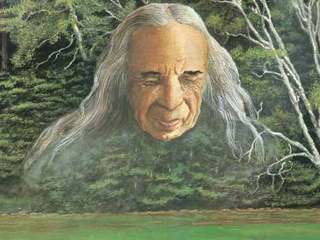
(Children used to spend weekends and after school playing street games or exploring the woods around their house. Have children discuss the pros and cons of different technologies. Inventions: explain how when different things were invented such as the camera, telephone, television, bicycle, auitomobile they changed people’s lives. (read The Columbian Exchange for more information).ġ. Explain how germs and disease brought from Europe played a big part in descimating the American Indian tribes.

Values Education/Cultural differences/philosophy: discuss the different philosophies that the Indians and the colonists had toward the land and what each of these philosophies meant for the environment.Ģ. The laws we have to prevent pollution of our rivers are very important and we need to continually fight to keep the laws in place.ġ. The people also worked to get the first Clean Water Act passed-in Massachusetts. So laws were passed to stop the paper mills from dumping chemicals and dyes into the river. They told their parents, "we just want this river the way it was when you were kids.

It seemed an impossible task.Ĭhildren brought jars of dirty river water to the politicians. However, a woman named Marion Stoddard organized her neighbors and her community to try to clean up the Nashua. The mills were built on rivers to use the water to power the millwheels but also to use as a "garbage can" for the mill waste.Īnd so, by the 1950's many of America's rivers were grossly polluted. That value system translated in the deforestation of much of the North American continent for farms.Īs time passed, the colonists built mills and towns. When I studied Colonial American history at Yale University, I was suprised to read the many references in the journals written by the colonists that expressed this attitude toward the land. They also believe that God brought them to this new land to vanquish and to "use" it. The european colonists bring with them a very different value system: they think of nature as something to conquer and as trees, a set of commodities to buy and sell for profit. The Nashaway indians think of themselves as part ofnature and are grateful for the clean drinking water and good fish to eat that the river provides them. A River Ran Wild begins with the first native americans deciding to settle upon its banks.


 0 kommentar(er)
0 kommentar(er)
